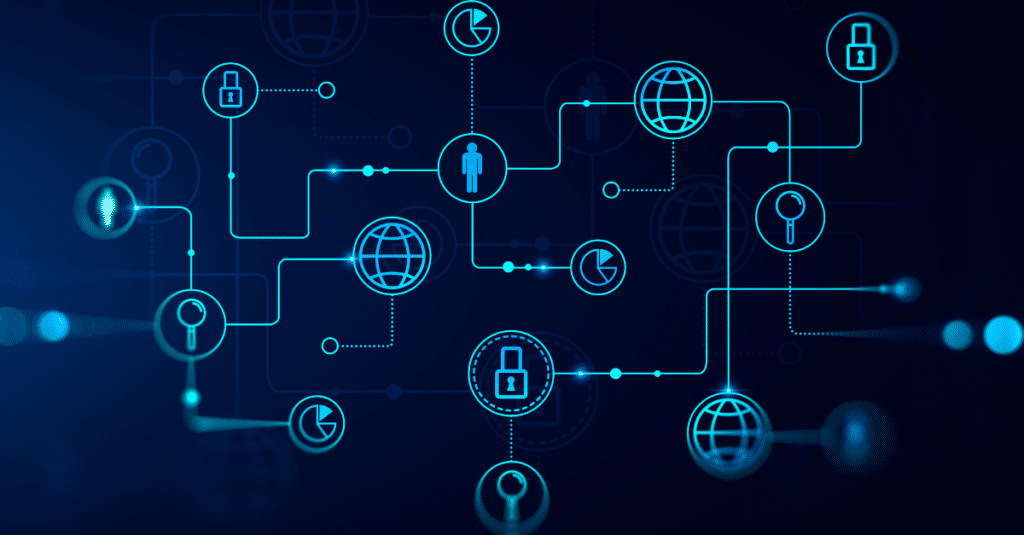Our New “Days of Rage” Protest Activity and Considerations for Corporate Security
3 Takeaways Relentless Risk The world seems to be on fire, fueled by the Hamas attack on Israel and the subsequent Israeli Defense Force (IDF) invasion of Gaza. As a result, protests have taken off like wildfire across many college campuses. As the New York Times reports, “In many students’ eyes, the war in Gaza…
Read MoreInsider Risk: Don’t Ignore the Community Context
When looking to mitigate insider risks, security leaders have to remember the potential causes. This article was originally featured in Security Magazine Just a few months ago, many security professionals confessed concern about a potential economic downturn and how that would impact the security environment around them. Some were troubled about possible layoffs at their company, and…
Read MoreImplications of AI for Corporate Security
On February 29, I was honored to serve as the moderator for a panel on “The Rise of AI and its Impact on Corporate Security” at the 2024 Ontic Summit. The panel not only provided me with a reason to focus my own thoughts on the topic, but to also learn from the insights of the…
Read MoreStreamlining Security Operations Amidst Geopolitical Turmoil
While we’re unsure of the full repercussions global events will have on multinational corporations, there are ways security teams can better predict, assess, and prepare for potential threats. When geostrategic crises erupt, the risks to multinational corporations can be complex andunpredictable. While geopolitical conflict undoubtedly has had major repercussions on theglobal economy that will trickle…
Read More5 Strategies to Prepare Organizations for Presidential Election Disruption
The countdown to the US presidential election is well underway, and concerns about election-related violence and disruption are on the rise. For the first time ever, the Council on Foreign Relations’ Preventive Priorities Survey has identified a domestic threat – the growing risk of political violence around the U.S. – rather than an international conflict…
Read MoreA New Breed Of Security Leadership: How the Digital Age Is Transforming the Security Professional
This article was originally featured in Security Informed The importance of data is ever-growing. For every profession, we’re witnessing the increasing reliance on data and its ability to promote efficiency for corporate decision-makers. The security industry is no different. The growing reliance on data and technological tools has allowed for a new breed of professionals…
Read MoreThe New Information Landscape is Changing How Security Leaders Work
This article was originally featured in Security Magazine Imagine a scenario many security practitioners are familiar with: A bizarre post on an obscure social media account surfaces. It could be construed as a threat against a company executive. But it’s unclear. To further complicate the situation, a different executive at the organization has recently been under public…
Read MoreConnected Intelligence: A New Approach to Managing Risk and Enabling Decision-Makers
Ensuring the safety of people and organizations is dynamic, asymmetric, and complex. A sense of permacrisis has driven a need for those tasked with managing risks to constantly perceive imperatives amongst the unyielding view of threat, risk, and problematic issues. Ontic championed the cause of Protective Intelligence and its concepts for collecting and providing information…
Read MoreOrganized Retail Crime in Focus
Fighting ORC is possible, but without a holistic view and fully resourced corporate security teams and law enforcement partners, it can be an uphill battle. This article was originally featured in Security Magazine We’ve become all too familiar with the social media videos capturing a shoplifter running out of the store with a haul of…
Read MoreSeparating Signals From Noise: The Biggest Security Challenge Moving Forward
See how generative artificial intelligence is revolutionizing threat detection and risk mitigation. This article was originally featured in Forbes When I started my career as a counterterrorism investigator, information was much harder to come by. A single clue was hard-earned and often involved following breadcrumbs and retracing steps. Real-time data was even rarer since the…
Read More5 Things California Employers Should Consider to Comply with Senate Bill 553
If you are an employer in California, you’ve probably heard about Senate Bill 553, the legislation requiring most California employers to take steps to prevent and respond to workplace violence and threats. After opposition from various business groups and labor unions prompted the removal of some controversial provisions, the bill passed the California legislature and…
Read More‘Mission First, People Always:’ A Mantra for Security Talent
This article was originally featured in Security Management. The phrase “Mission first, people always” is a common mantra in the military, and it is often borrowed in leadership studies. It’s a vision of success that invests in the success of those around you, a sense of shared mission (the why), no matter your specialty or…
Read MoreHow Empathy Can Help Prevent Violence in the Workplace and in Schools
This article was originally featured in Security Magazine. Over the past year, security personnel across a wide swath of sectors have reported that threats are increasing in volume, severity and/or in urgency. And many organizations are trying to figure out how best to handle this spike in threats. For some supervisors and C-suite leadership, their inclination is…
Read MoreThe Enemy of My Enemy is My Friend: Strengthening Insider Threat Resilience with Cyber-Physical Integration
This article was also written in partnership with Josh Massey, Director of Enterprise Risk of The MITRE Corporation’s Enterprise Security Assurance department. As such, Mr. Massey is responsible for establishing, executing, supervising, and directing the implementation and oversight of MITRE’s insider threat program and strategic protection initiatives across MITRE’s six federally funded research and development…
Read MoreMinimizing IP Theft and Insider Threats During Times of Layoffs
This article was originally featured on Security Today Building out cross-functional collaboration between cyber and physical security teams will create a more unified approach, where a common language is established to better understand each department’s key priorities and processes. Doing so ensures there is collective monitoring of identified risk groups or individuals. It also ensures…
Read MoreFrom Coronations to Corporations: The Hidden Nuts and Bolts of Major Event Security Planning
This article was originally featured on IFSEC Insider When Queen Elizabeth was crowned in June 1953, the procession of dignitaries that followed numbered 16,000 people. It took the procession approximately 45 minutes to pass any one point along the route. When she died nearly 70 years later, London’s Metropolitan Police Service said her funeral was…
Read More















